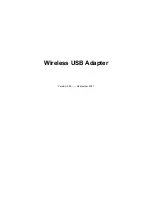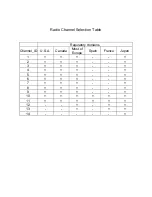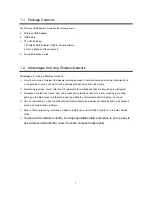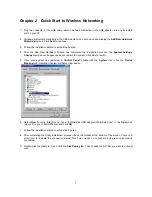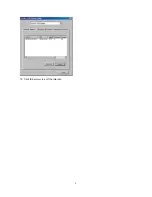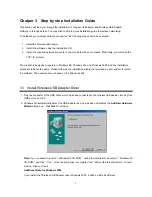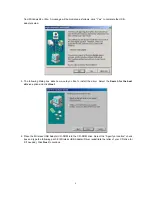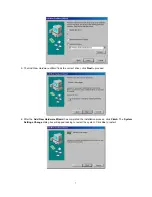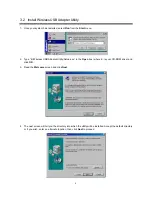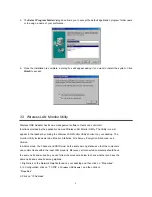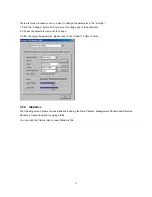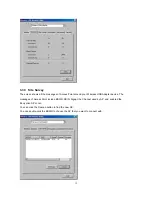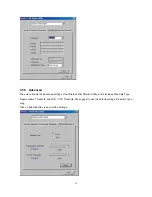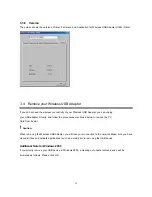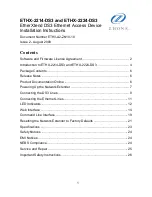
1
Chapter 1 Introduction
USB (Universal Serial Bus) provides a high-speed link for external devices to connect to a PC, and it has
better Plug-and-Play support. Therefore, network adapters based on USB are easier to use than traditional
PCI or PCMCIA adapters. With a wireless (IEEE 802.11b/Bluetooth) USB adapter, a desktop or laptop
computer can communicate with another computer in a wireless way. Besides, through a wireless access
point or a wireless Internet router, the computer can access resources on an Ethernet LAN or on the Internet.
Easy-to-use utilities are bundled with Wireless USB adapter for configuration, monitoring, and diagnosis
purposes. A
fter install Wireless USB Adapter, you can:
a. Share your Internet access by using just one connection
b. Share printers and other peripheral devices
c. Share data and image files between networked PCs
d. Play multi-player games
Wireless USB Adapter can wirelessly transmit and receive data, minimizing the need for wired connections, at a speed of
up to eleven megabit per second. With Wireless USB Adapter you can locate your PC wherever you want without wires
and cables.
Wireless USB Adapter provides LAN users with an access to real-time information anywhere in their organization. The
mobility provides productivity and service, which are not available under wired networks. The Wireless USB Adapter
configuration is easy to change from peer-to-peer networks, suitable for a small number of users, to full infrastructure
networks of thousands of users that allow roaming around a broad area. Please read this manual to get familiar with the
Wireless USB Adapter. This manual contains detailed instructions in operation of this product. Please keep this manual
for future reference.

